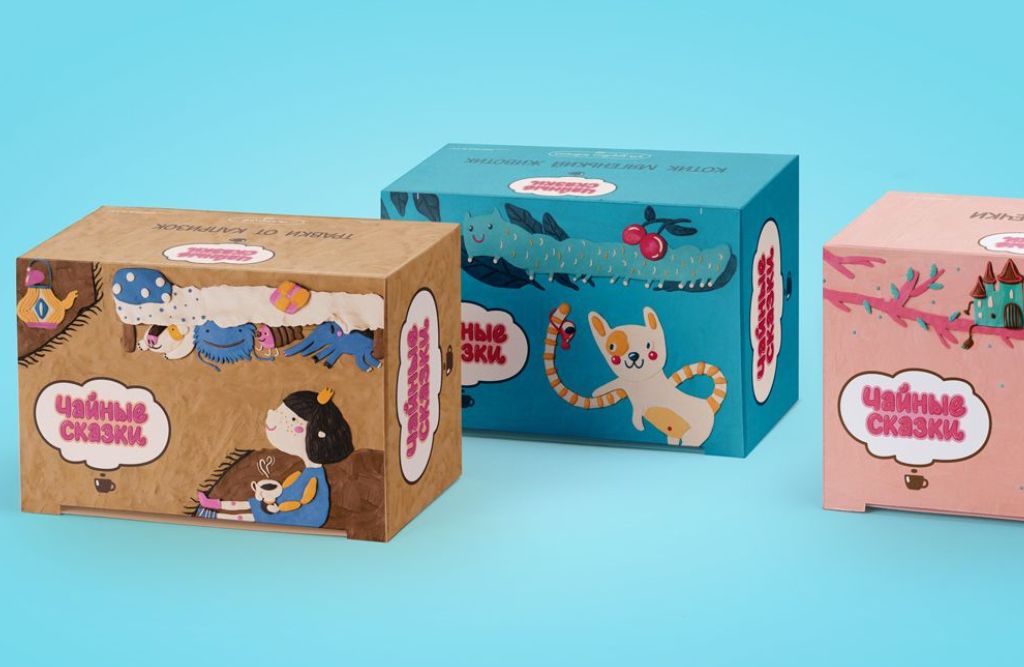Toy packaging design is more than just a protective cover for a product—it’s the first point of interaction between a toy and its young audience. The right packaging can spark curiosity, communicate brand identity, and even influence purchasing decisions. From vibrant colors to playful illustrations, toy packaging must capture attention while remaining functional and safe. Whether you are a seasoned designer or a business owner looking to create engaging packages, understanding the principles of toy packaging is crucial.
The Importance of Toy Packaging Design
Children are highly visual buyers, making children’s toy packaging design a critical factor in marketing. Packaging doesn’t just protect the toy; it communicates excitement, safety, and the brand’s story. Effective design can differentiate a product from competitors on crowded retail shelves and online marketplaces. For collectors or nostalgic buyers, retro toy packaging design can evoke a sense of nostalgia, driving interest and sales.
Key benefits of excellent toy packaging include:
-
Brand recognition: Unique designs create lasting impressions.
-
Product protection: Ensures toys remain intact during transport and handling.
-
Marketing tool: Engages children and informs parents simultaneously.
-
Consumer trust: Clear, professional packaging enhances credibility.
Understanding Your Target Audience
Before starting how to design toy packaging, it’s essential to understand the target demographic. Different age groups have different needs:
-
Toddlers: Bright colors, simple shapes, and safety instructions are key.
-
Older children: Focus on creativity, adventure themes, and collectability.
-
Collectors or adults: Nostalgic elements, premium finishes, and display-worthy designs are important.
By tailoring packaging to the audience, designers can ensure maximum engagement and satisfaction.
Key Elements of Effective Toy Packaging Design
When designing toy packaging, several components need careful consideration:
Color Palette:
Colors evoke emotions and draw attention. For example, primary colors like red, yellow, and blue often appeal to younger children, while metallic or pastel tones may work for collectible or retro toys.
Typography:
Fonts should be readable and playful for children while maintaining professionalism. Avoid overly complex or cursive fonts for younger audiences.
Imagery and Illustrations:
High-quality illustrations can tell a story or demonstrate how the toy works. For retro toy packaging design, nostalgic imagery can replicate the charm of past decades.
Materials and Sustainability:
Parents increasingly consider eco-friendly packaging. Using recyclable cardboard, non-toxic inks, and biodegradable plastics not only helps the environment but also enhances brand reputation.
Functionality:
The packaging must protect the toy while being easy to open. Consider how to design blister packaging for toys to combine protection with visibility.
Blister Packaging for Toys
Blister packaging is one of the most popular formats for toys because it combines protection, visibility, and affordability. Here are some key points when considering how to design blister packaging for toys:
Clear Visibility: Use transparent plastics to showcase the toy. Children love to see what they’re buying.
Secure Placement: Ensure the toy fits snugly without movement to prevent damage.
Informative Backing: Include instructions, age recommendations, and brand information.
Branding Opportunities: The cardboard backing can feature logos, fun graphics, and colorful designs.
Blister packaging is particularly effective for smaller toys, collectibles, or toys with intricate details that need to be seen.
Retro Toy Packaging Design Trends
Nostalgia sells. Retro toy packaging design taps into the memories of parents who grew up with toys from the ’70s, ’80s, and ’90s. This design approach often includes:
-
Bold, geometric patterns
-
Vintage fonts
-
Simplified illustrations
-
Matte or slightly textured finishes
Integrating retro elements with modern safety standards allows designers to appeal to both children and adults.
Designing Packaging for Children
When working on children’s toy packaging design, it’s important to focus on fun and interaction. Some tips include:
Interactive elements: Pull tabs, pop-ups, or puzzles on the packaging.
Character-driven design: Use mascots or popular characters to create engagement.
Storytelling: Packaging that tells a short story can enhance the unboxing experience.
Size and Shape: Play with non-traditional shapes to stand out on shelves.
These elements make the toy memorable and encourage repeat purchases.
Step-by-Step Guide: How to Design Toy Packaging
-
Research: Analyze competitors, trends, and target audience preferences.
-
Concept Development: Brainstorm themes, colors, and layout ideas.
-
Sketching and Prototyping: Create rough sketches and 3D mockups.
-
Material Selection: Decide on cardboard, plastics, or sustainable options.
-
Final Artwork: Design graphics, typography, and illustrations.
-
Testing: Ensure packaging durability, safety, and usability.
-
Production: Collaborate with printers or manufacturers for mass production.
Following this process ensures professional and market-ready packaging.
Integrating Branding in Toy Packaging
Branding is critical in making toys recognizable. Your packaging should communicate the brand identity through consistent colors, logo placement, and messaging. Both modern and retro toy packaging design can incorporate subtle branding while keeping the focus on fun and creativity.
Conclusion
Successful toy packaging design is a blend of creativity, functionality, and marketing strategy. Whether creating children’s toy packaging design, embracing retro toy packaging design, or exploring how to design blister packaging for toys, attention to detail and understanding your audience are essential. The right packaging doesn’t just protect a toy—it tells a story, sparks imagination, and drives sales.
By following these guidelines, you can create packaging that captivates children, reassures parents, and strengthens your brand’s presence in the competitive toy market.

 Packaging Materials
Packaging Materials
Comments are closed